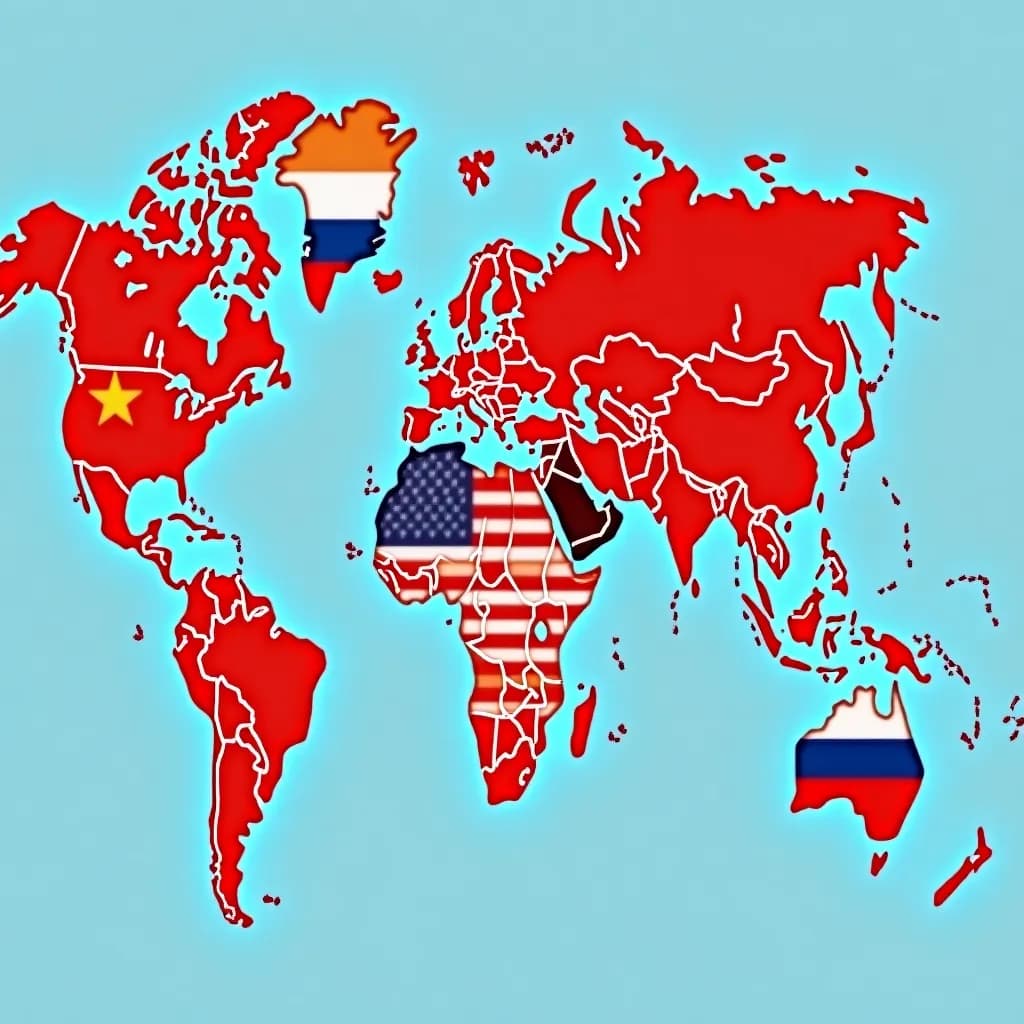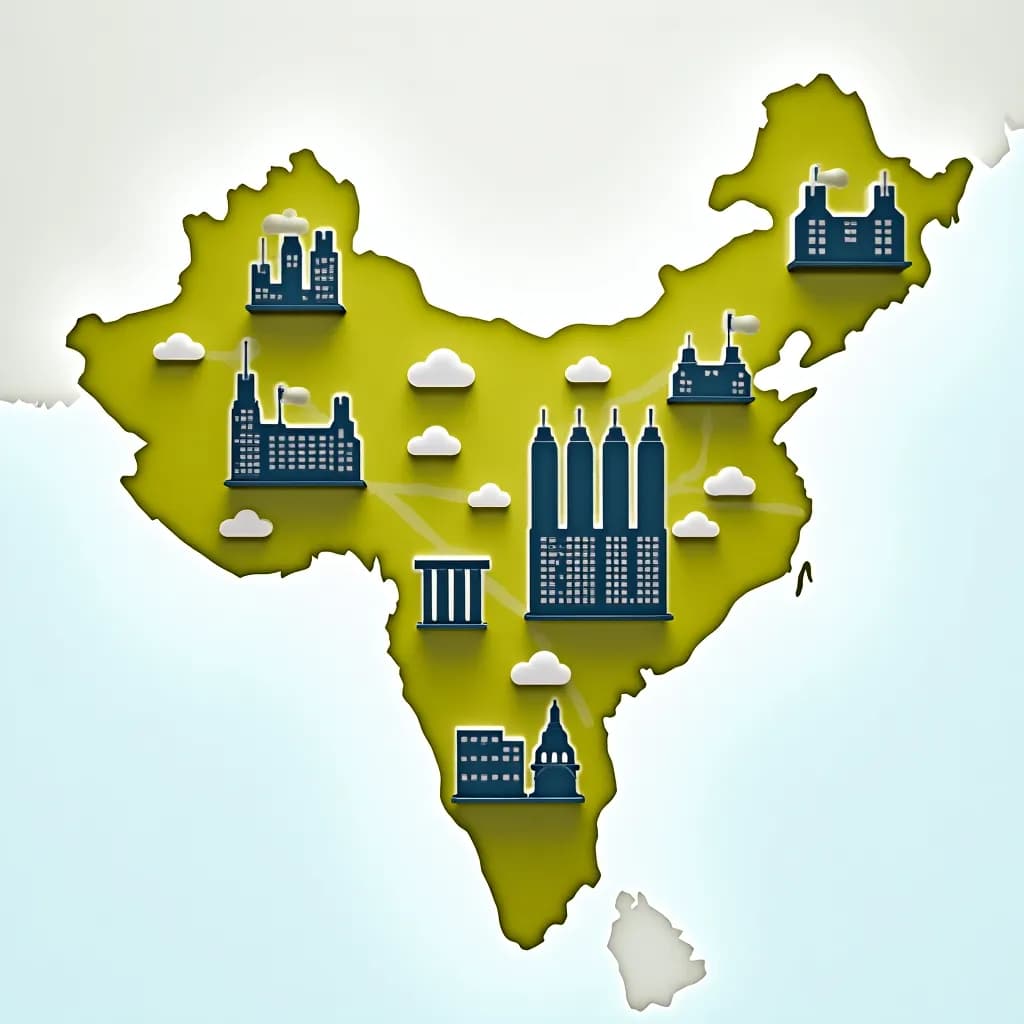Political polarization has emerged as a defining feature of modern democracies. While some argue it threatens the fabric of democratic societies, others believe it can energize political discourse. Understanding its impact requires a nuanced approach, examining both its roots and consequences.
The Rise of Political Polarization
Political polarization refers to the divergence of political attitudes to ideological extremes. In recent decades, many democracies, notably the United States, have witnessed significant increases in polarization. According to a Pew Research Center study, the partisan gap in the U.S. has grown remarkably over the past 40 years, affecting both policy decisions and public opinion.
Several factors contribute to this trend:
- Media Fragmentation: The proliferation of media outlets has allowed individuals to consume information that reinforces their beliefs, creating echo chambers.
- Social Media Influence: Platforms like Facebook and Twitter amplify extreme views, often prioritizing engagement over factual accuracy.
- Economic Inequality: Increasing disparities can lead to political discontent and a search for more radical solutions.
Consequences of Polarization
The impact of polarization is multifaceted, affecting governance, social cohesion, and electoral processes:
- Gridlock in Governance: Polarization often results in legislative standstills, as seen in the frequent budget impasses in the U.S. Congress.
- Erosion of Trust: A Edelman Trust Barometer report highlights declining trust in political institutions, exacerbated by polarized narratives.
- Social Fragmentation: Communities become divided along ideological lines, undermining social cohesion and increasing tensions.
Polarization: A Double-Edged Sword?
While the negative aspects of polarization are evident, some argue it can also have positive effects:
- Voter Engagement: Polarization can mobilize voters, increasing participation in the democratic process.
- Clear Choices: It provides voters with distinct options, making electoral decisions more straightforward.
- Policy Innovation: A polarized environment can encourage parties to develop unique and innovative policy solutions.
Countries like Sweden and Germany have managed to maintain stable democracies despite polarization, suggesting that institutional resilience and public deliberation can mitigate its adverse effects.
Strategies to Mitigate Polarization
Addressing polarization requires a multi-faceted approach, balancing individual responsibility with systemic changes:
- Media Literacy: Educating the public on media consumption can help individuals critically evaluate information sources.
- Electoral Reforms: Implementing systems like ranked-choice voting can encourage candidates to appeal to a broader electorate.
- Promoting Dialogue: Initiatives that foster conversations across ideological divides can reduce animosity and build understanding.
Conclusion
Political polarization is a complex and multifaceted phenomenon with significant implications for democracy. While it poses challenges, it also offers opportunities for engagement and innovation. By fostering dialogue, promoting media literacy, and implementing strategic reforms, societies can navigate the intricacies of polarization while strengthening democratic structures.
Ultimately, understanding and addressing political polarization requires a commitment to both individual action and collective responsibility, ensuring that democracy not only survives but thrives in an increasingly divided world.










